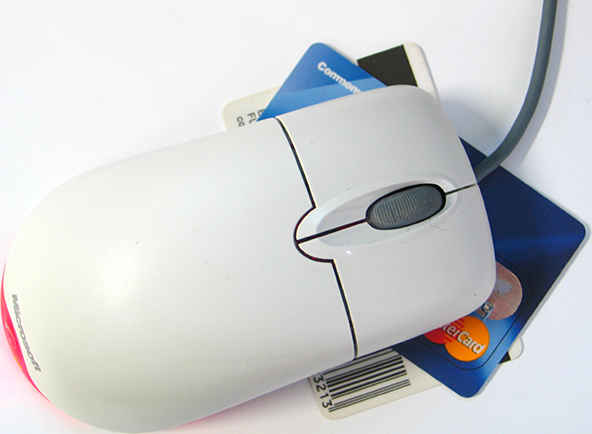Cardholder-Merchant Collusion Program and Bust-out Accounts

MasterCard has developed the Cardholder-Merchant Collusion (CMC) Program to enable card issuers to file claims against processing banks associated with identified fully collusive merchants (see below), and to seek partial recovery for fraud losses resulting from transactions on cardholder bust-out accounts processed by fully collusive merchants. The recovery amount is the lesser of one-half of the credit limit in effect at the time that the card issuer closed the cardholder bust-out account, or one-half of the actual amount of fraud losses.
For the purposes of the CMC Program, a fully collusive merchant is defined as a merchant that:
- Presents transactions authorized by a cardholder who is in collusion with the merchant for a fraudulent intent and is in violation of MasterCard’s?áBylaws and Rules, and
- Meets all of the following criteria:
- The merchant submits at least $5,000 in?áMasterCard transaction volume in any one month.
- At least 50 percent of the merchant’s?áMasterCard transaction volume results from collusive transactions.
- The merchant has processed?áMasterCard transactions for at least 30 calendar days.
A cardholder bust-out account is defined as an account to which all of the following conditions apply:
- A balance that is over the account’s credit limit, and
- A returned payment, followed by cardholder attempts to make additional purchases or cash advances or the proactive canceling of the account by the card issuer before the attempted deposit of a check that the card issuer returns unpaid (for example, a not-sufficiently-funded [NSF] check or a check drawn on a closed account), and
- An unusual pattern of purchase activity at a particular merchant (for example, a cardholder who typically makes an occasional purchase of electronic merchandise suddenly makes multiple purchases at a particular electronic store), and
- At least one of the following situations exists:
- The account is linked to one or more other cardholder bust-out accounts (see the note below for a description of linked accounts)
- When the cardholder established the account, the cardholder’s credit history records showed limited credit experience and the credit report may have indicated frequent inquiries to credit bureaus
- Regular cardholder requests for credit limit increases (for example, a cardholder makes requests for substantial credit increases within a short time period)
- Cardholder requests for additional authorized users for the account
- Use of balance transfers and convenience checks
- Frequent balance inquiries, “open-to-buy” queries, or both
- No mortgage loan on file
- Unfamiliar or “generic” employer information, employment information, or both (for example, a cardholder provided no specific employer name and employment dates)
- Suspicious residence address (for example, but not limited to, a cardholder provided a Private Mail Box [PMB] address as the residence address)
Or
The card issuer has closed the account, either because it was linked (see the note below) to one or more cardholder bust-out accounts or as a result of the card issuer’s own proactive fraud loss control program and at least one of the above conditions exists.
Or
The card issuer has closed the account because it is linked to another merchant that MasterCard has determined to be a fully collusive merchant.
Note: A cardholder account is linked to one or more other accounts by a common social security number (SSN) or other government-issued identification number, address, phone number, name, authorized users, or demand deposit account number. A link also may be detected if multiple accounts transact at the same suspected collusive merchant.
Image credit: Slashdot.org.


